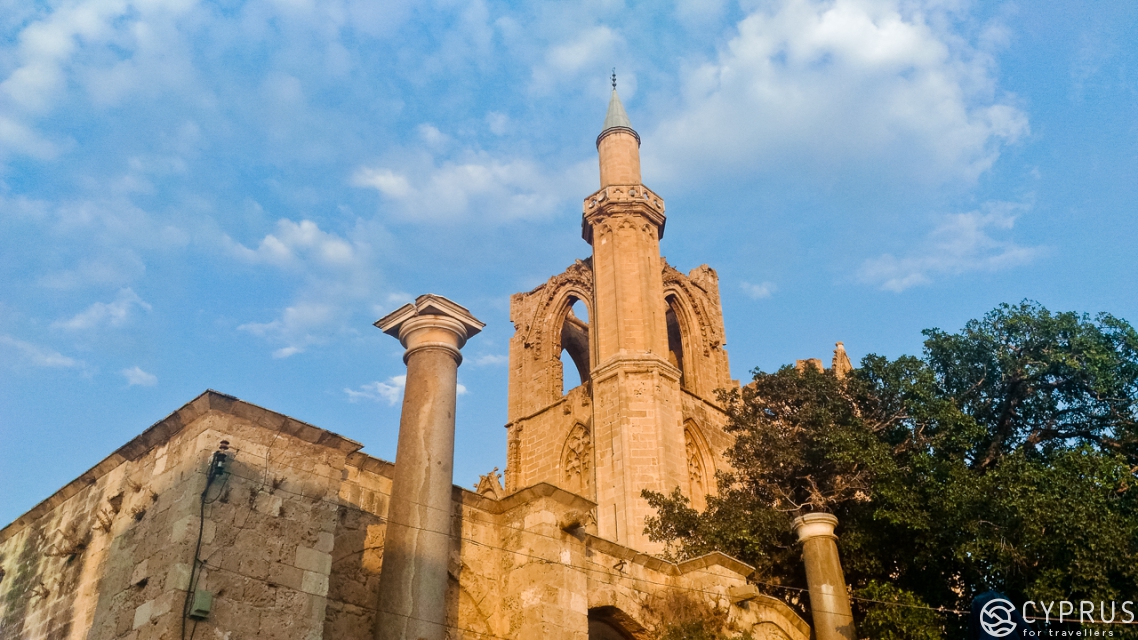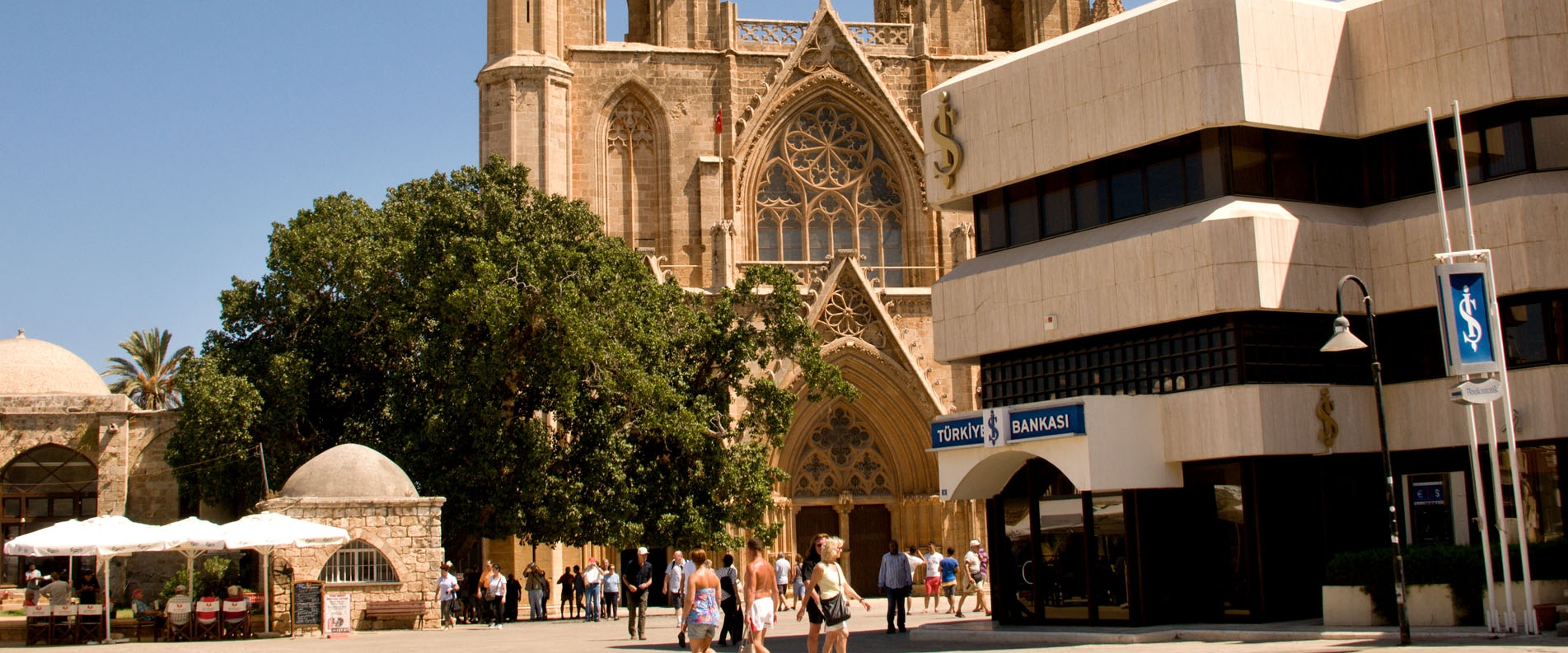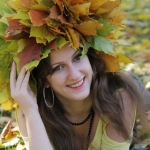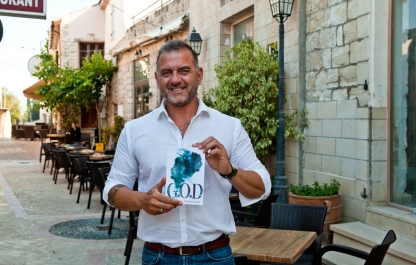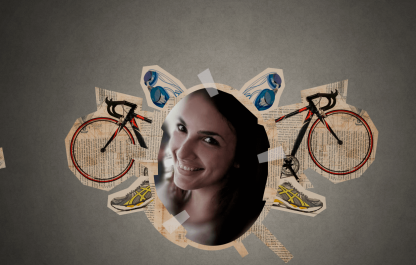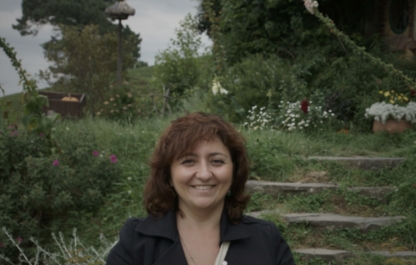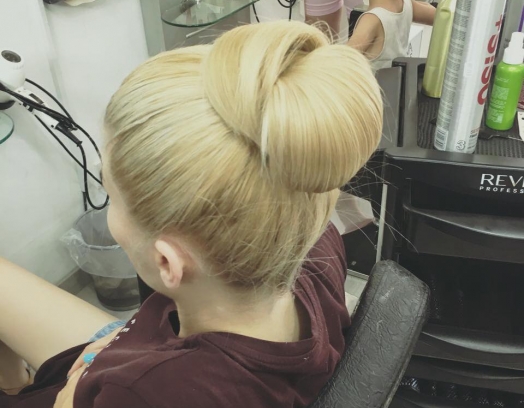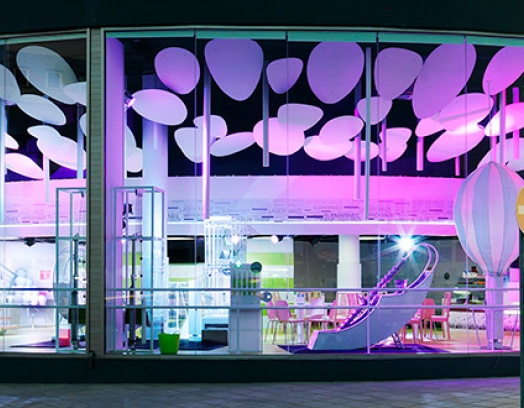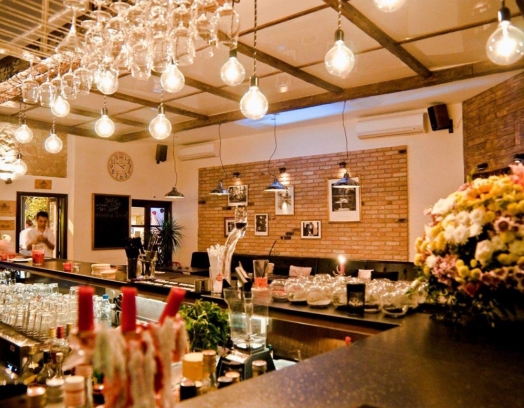We woke up with the sunrise, ate our breakfast and left for the part of Cyprus occupied by Turkey. We chose the same border crossing as before, showed our car insurance and presented our passports the same way we did the day before. Suddenly, we were asked to step out of our car. We became alarmed.
It turned out that during our first day in the part of Cyprus occupied by Turkey we had exceeded the speed limit (driving 26 km/hour instead of 21 km/hour) on two separate occasions and the road cameras captured it. The database had stored the time, date and even the speed at which we were driving, but refused to let the officers print out the ticket. They tried very hard to make it work, but the system wouldn’t yield. It looked quite amusing. They ended up giving us a piece of paper with something written by hand in Turkish. The only thing that we were able to make out was the number — 280 euros! We were asked to pay this fine within the next two weeks, lest it double. The system had stored our name and date of birth, so we couldn’t get out of paying the fine even if we had changed our car or passport.
We were somewhat disappointed, but kept driving towards Famagusta — a city shrouded in legends. One of such legends claims that the city was designed by Leonardo da Vinci, another one claims that Shakespeare’s Othello had lived here and yet another one alleges that the sand at local beaches was brought from Egypt itself.
The first thing we did in Famagusta was visit its saddest part — Varosha — an abandoned southern quarter that is often described as a ghost town. Back in the 1970s Varosha used to be the most popular tourist destination in Cyprus. Fancy hotels were springing up left and right here. People say that Varosha was so popular that people had to book their hotel 5 years in advance! Then one dayall of this came to an end, when the Turks disembarked on the shores of Cyprus and captured its northeastern part. The residents of Varosha were given 24 hours to evacuate their homes until the conflict was settled. They only brought a couple of bags with them since they were planning to come back in a week or two. In reality, however, they never saw their homes again.
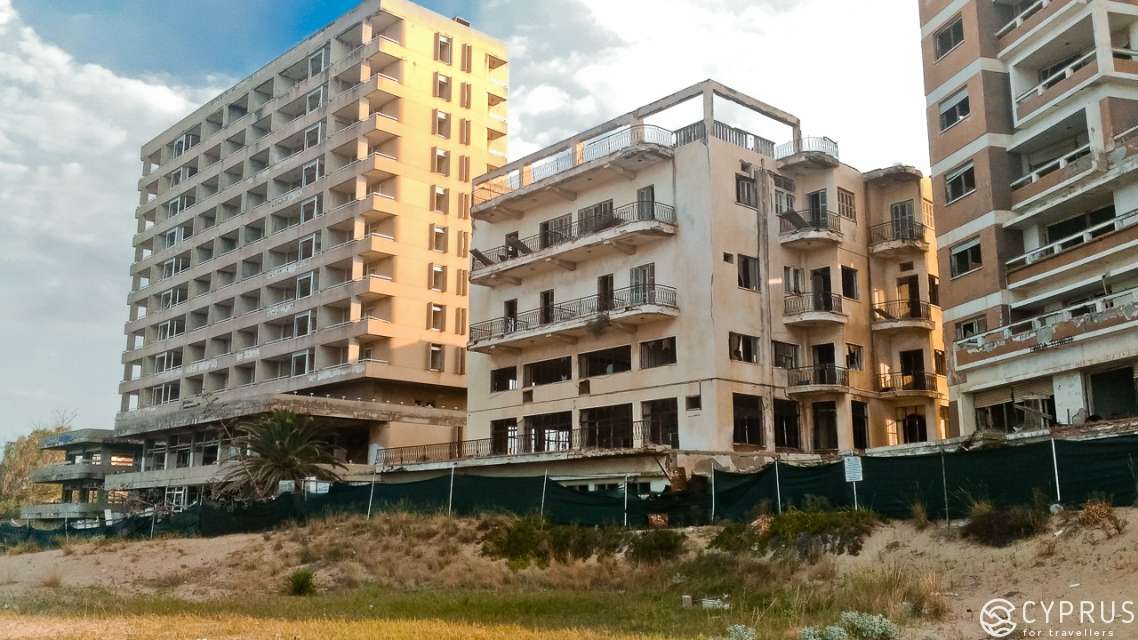
This is what the Swedish journalist Jan-Olof Bengtsson wrote about Varosha in 1977: «The asphalt on the roads has cracked in the warm sun and along the sidewalks bushes are growing. Today — September 1977 — the breakfast tables are still set, the laundry still hanging and the lamps still burning. Varosha is a ghost town». We read some stories online claiming that Varosha looks the same way it did 40 years ago when it was abandoned. We decided to see it with our own eyes, or at least try to.
Entry into Varosha is forbidden, so we decided to drive around it and see as much as we could. We drove along a fragile fence that displayed signs prohibiting photography and saw on the other side regular residential buildings where Turkish Cypriots now live.
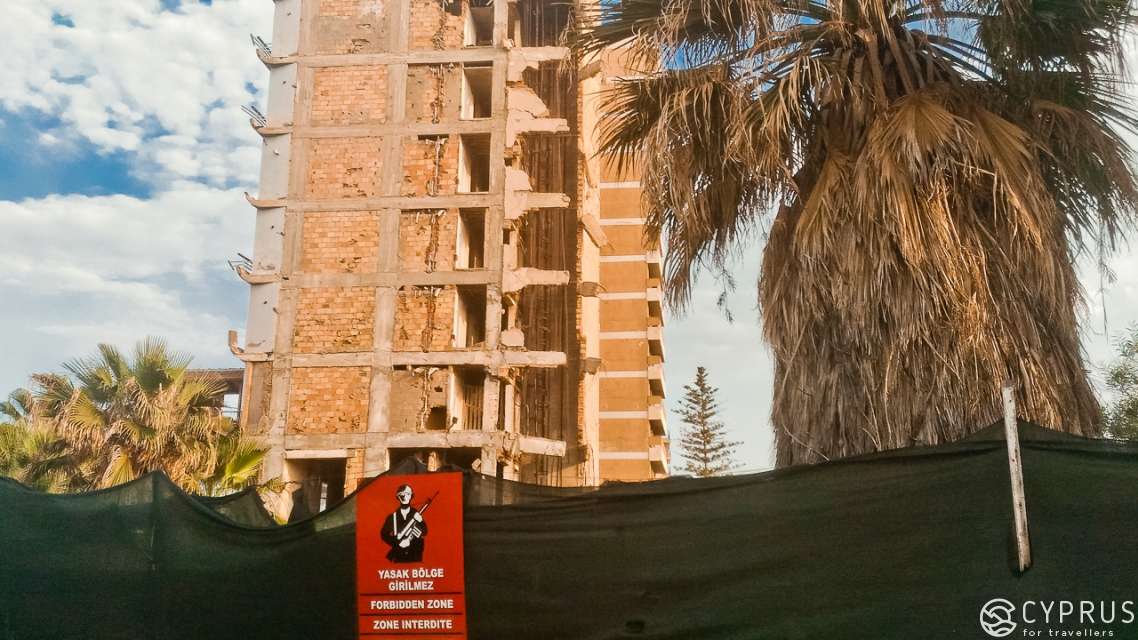
The first thing we noticed was the fact that all of the homes had been plundered so much so that even the window frames had been taken. We saw a church that had no bells or windows — it stood fenced off with barbed wire and barrels. Wild and overgrown vegetation has started to reclaim the buildings. How could something like this happen to an entire city? I felt sad and bitter. We kept walking and lookingaround us without saying a word. We caught a glimpse of local teenagers staring at us with a look that said: «There is nothing here to see». I can understand where they were coming from. They grew up here after the occupation and these lifeless landscapes were of no interest to them.
Further down the road we came across a couple of tourists standing in front of a building. There were two of them: a woman who looked to be about 70 years old and a young woman about 25 years old. We started talking. The older woman’s eyes were filled with tears. She stood without saying anything. The young woman told us that the building in front of us was constructed by her grandparents (her grandmother was the older woman next to her). Her mother was born here. But in 1974 they were forced to leave along with the other residents. At some point later they were allowed to come back and pick up some of their belongings. But when they arrived, they saw that everything had been stolen. Ever since then, her grandmother asks to be brought here on her birthday.
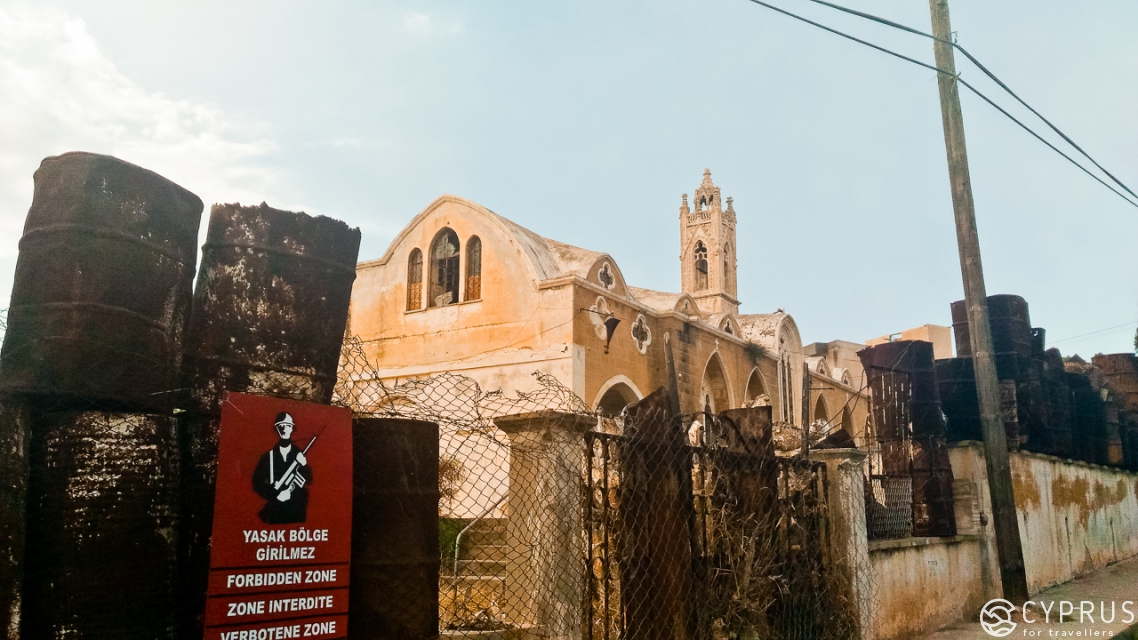
We were about to leave, when the older woman turned to us and started telling another story in Greek. Her granddaughter helped to translate. Back in the days when Varosha was still thriving, there was a famous sculptor (whose name we failed to remember, unfortunately), who designed and built a beautiful home by the sea. The house was decorated with stucco and bas-reliefs, which drew many visitors. After everyone was forced to evacuate, the sculptor moved to a place not too far from Varosha, so he could sail his boat close to the coast and look at his house through a pair of binoculars. He did this every day no matter the weather. Even the soldiers didn’t dare stop him. One day he didn’t show up and everyone knew that the sculptor had died.
We stood there in silence. My eyes began to tear and I turned away to look at the building. The older woman noticed my reaction and asked that I not feel sad. She pointed out one of the windows in the building and said that this used to be a room with her piano and that she used to sing while playing it. She started singing a cheerful song. All of us (including her granddaughter) felt surprised. We said our good-bye, got into our car and headed towards the coast so we could see Varosha from the other side.
Things didn’t look any better on this side of the city. We stared at the ransacked hotels, which were stripped of everything that the marauders could carry away with them, and felt chills running through our bodies. Nearby we noticed a string of five-star Turkish hotels, which stood in sharp contrast to the desolate Varosha. We decided to take a picture of what we saw behind the fence. We raised our cameras, stared into the viewfinder and guess what we saw there? There were people on the beach! It turned out that there was one remaining hotel in Varosha that was open for Turkish military families. We tried to take a picture of it, but were stopped by a security guard. The people on the beach didn’t seem to care about the ghost city that stood behind them.
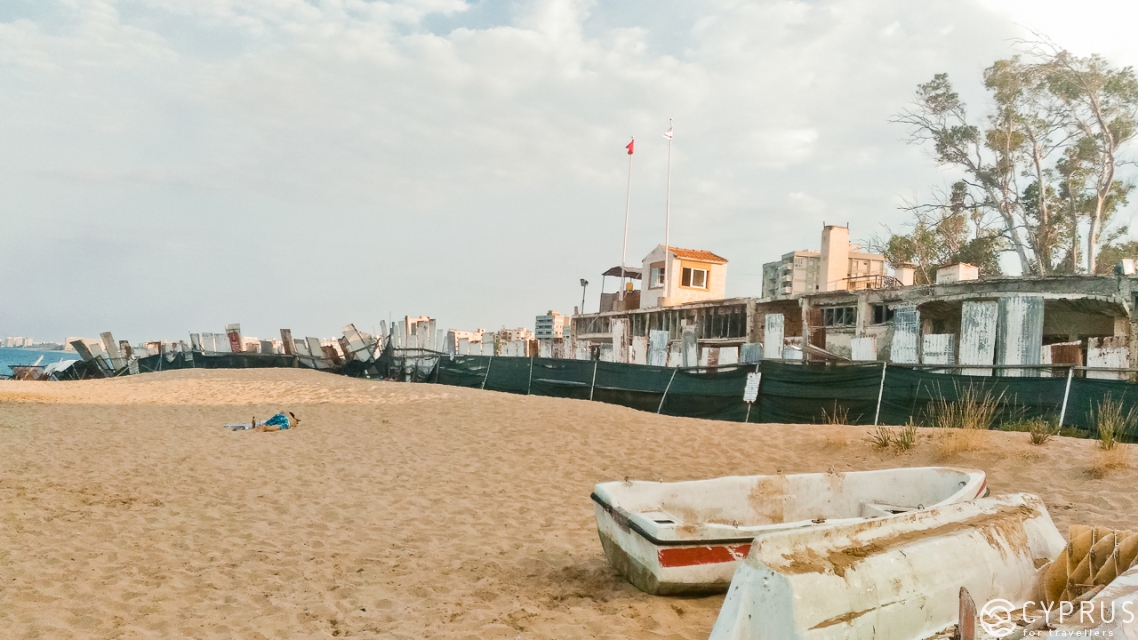
It was lunchtime, but after seeing what we saw, we didn’t feel hungry at all. We drank some fresh squeezed juice and headed for the old town part of Famagusta. It stood surrounded by Venetian fortifications: a long wall, towers and a deep ditch that protected the city against its enemies. The Othello Castle is also located in the historic district and boasts spectacular views of the city. There is another architectural monument — the Church of St. George — whose ancient frescoes have survived to this day and retained their original appearance. Another major landmark is the gothic Cathedral of Saint Nicholas, which was turned into the Aya-Sofya Mosque of Magusa in 1571 and then again in 1971 it was renamed the Lala Mustafa Pasha Mosque after a military commander. The cathedral is quite substantial in size. Visitors are allowed to enter, but you do have to take off your shoes. Entrance is free, but most people make a donation.
All of the interior elements (ceiling, walls, columns, etc.) are gothic in style. The red carpet makes the mosque, which is home to one of the oldest manuscripts of Koran, look particularly majestic. If you walk outside the mosque, you’ll come across a minaret and a huge fig tree, which is alleged to have witnessed the construction of the original cathedral. The town seems to be saturated in history!
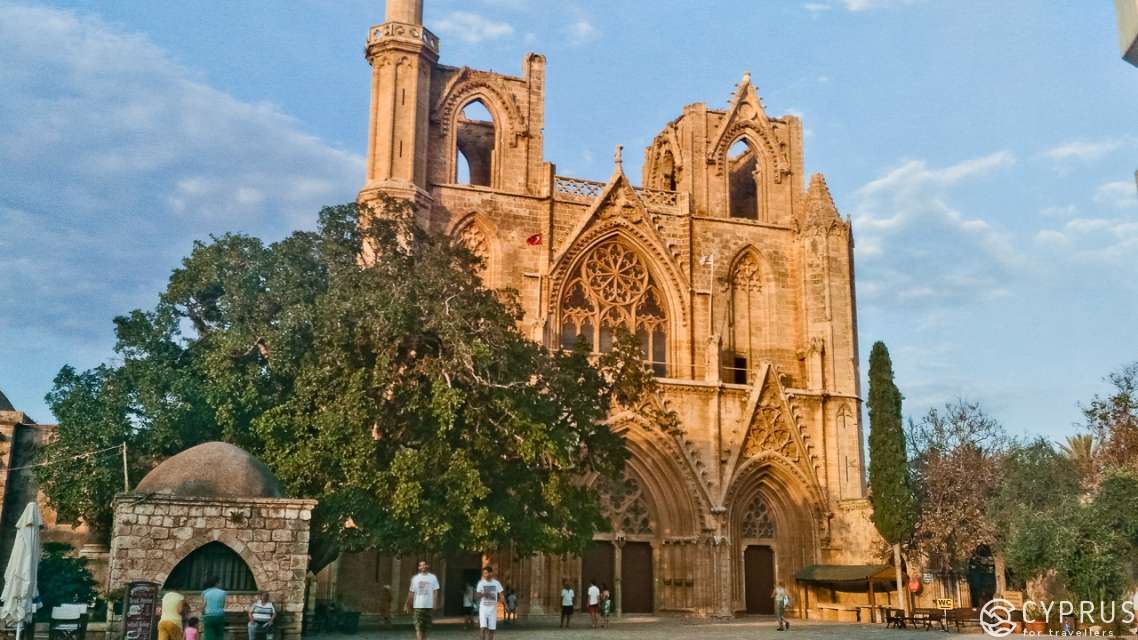
If you explore the nearby streets, you will find many different cafes and shops. We came across Petek Café and decided to stay there for dinner. The selection of dishes there was very impressive, but unlike Greek cuisine, we didn’t find anything containing pork. Instead, there were many different salads and kebabs. We ordered a salad with a wine dressing and two types of kebab, which turned out to be a great choice! Thanks to the plethora of ancient-looking décor elements (e.g. vases, umbrella holders, sculptures, a horse saddle, sewing machines, etc.) the interior of the cafe resembled a museum. And in the basement of the building there was a shop selling Turkish sweets. I couldn’t resist the incredible selection of Turkish delight and bought so much stuff to take home. It is now one of my favorite places in Cyprus.
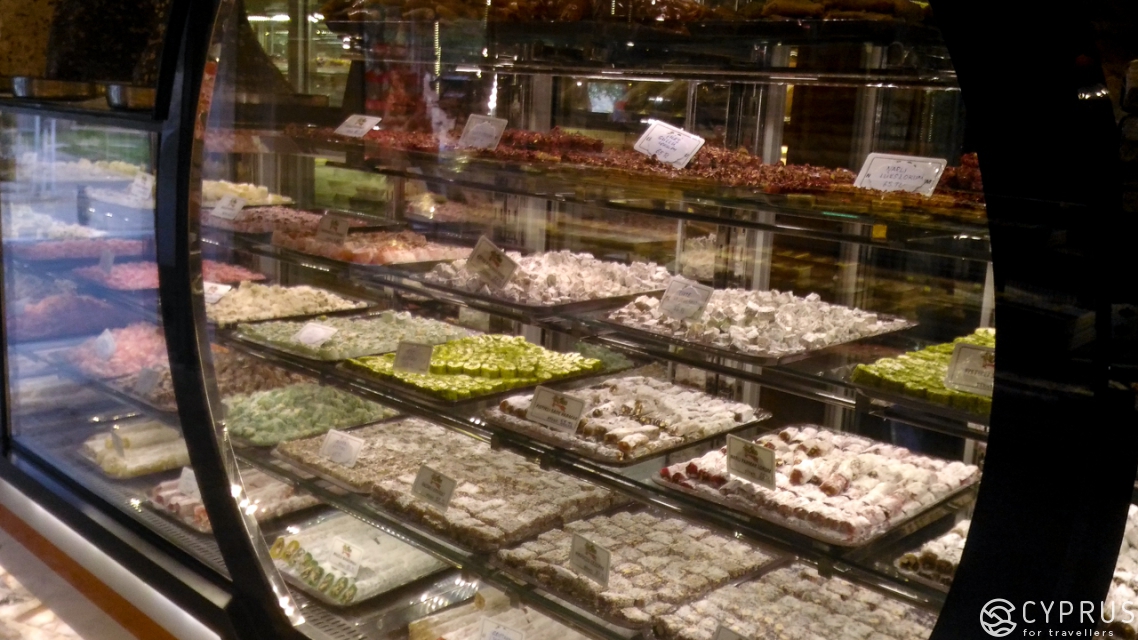
The sun was beginning to set and we decided to head back home. The bright lights of the casinos, which are legalized on this part of the island, kept flashing their enticing lights at the passing drivers. We filled up our gas tank (by the way, the gas turned out to be slightly cheaper here than in the southern part of the island) and approached the border crossing.
It was a very emotional and tiring day, but we were still very happy. Of course, there were a lot of things left to see in the part of Cyprus occupied by Turkey, but we knew we would come back here again. If you have the chance to visit the part of Cyprus occupied by Turkey, definitely do! You will not regret it. To make sure that your trip goes smoothly, follow these simple rules: book your hotel in advance, don’t exceed the speed limit, take your shoes off when you enter a mosque and generally be a polite traveler by respecting the rules of the country you visit. And as far as casinos go — it’s up to you whether or not you want to test your luck!
